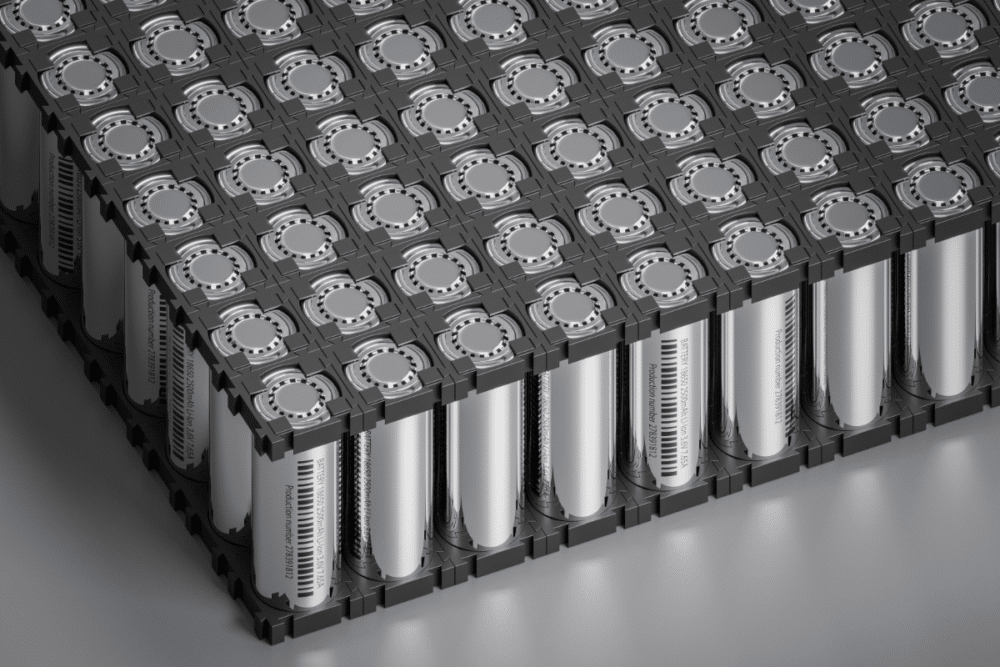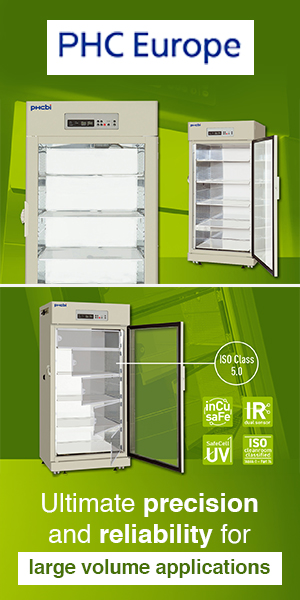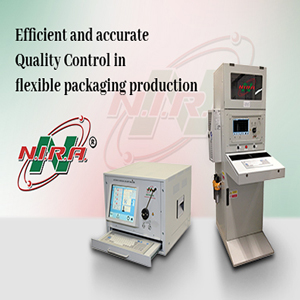Batteries play a crucial role in the rise of renewable energies and the electrification of transport—two key challenges for achieving the common goals validated during COP 28. The energy and transport sectors are benefiting from this shift, driving up battery demand. However, raw material shortages, and especially the development of dedicated battery recycling technologies, present challenges that must be addressed.
By Henry Claussnitzer, Head of Business Engagement at OMRON Industrial Automation Europe
According to the International Energy Agency (IEA), the energy sector currently accounts for more than 90% of total battery demand. In 2023, battery deployment in this sector increased by more than 130% compared to the previous year, reaching a total of 42 gigawatts (GW) for electrical systems worldwide. On the transport side, batteries have enabled the development of electric vehicles. As of December 2023, the global fleet had reached 28 million vehicles, with 57% in China, 24% in Europe, and 12.5% in the United States, according to Eurostat.
While the increase in battery production supports the growth of renewable energy, it also presents a major challenge—especially due to the reliance of certain industries on key raw materials (lithium, cobalt, copper, nickel, manganese, and graphite), which are becoming increasingly scarce. Currently, China dominates both battery production and raw material supply, as it controls large mines in Africa, Australia, and South America. Even though Europe has its own reserves, they remain largely untapped. Mining development is a long-term process, requiring several years, which prevents the rapid establishment of new production sources.
READ ALSO
Recovery, Repair, and Reuse of Batteries : A Process to Rethink
From a technical standpoint, the lack of standardization in battery chemistry and manufacturing poses a significant challenge. To improve visibility into the composition of batteries in circulation, recycling plants have created extensive databases. However, irreversible chemical and structural modifications along with changes in raw material suppliers over the lifecycle of a battery type introduce variations in composition. These differences can make it impossible to fully identify certain battery models.
Additionally, battery extraction, recovery, and recycling depend entirely on quality. For example, lithium must be 100% pure to be reusable. Another challenge is that a battery returned in poor condition or from a damaged vehicle may not be recyclable if key components have degraded. Identifying such damage, which is sometimes invisible, requires time-consuming decision-making processes.
Since mixing different battery types is currently not possible, recycling plants must ensure they have enough identical batteries before initiating the process. Once the battery is opened, dismantling is a highly complex manual operation. In reverse engineering—the process of disassembling and analyzing a finished product—electronic components and chemicals must be removed separately. This task is not only labor-intensive but also dangerous, as it can lead to serious electrical shocks.
READ ALSO
Automation and Legislation: Two Key Factors for Progress
To tackle these challenges, Europe has acted. The recent European Battery Waste Regulation, passed on July 12, 2023, represents a major step forward in the circular economy. In addition to setting recycling efficiency targets, the regulation introduces several requirements: Electrical products in vehicles must be removable, ensuring longer battery lifespans and easier recycling. A unique battery passport via QR code is now mandatory for all industrial batteries over 2 kWh sold in the EU, helping to eliminate uncertainties regarding battery composition.
Unfortunately, these initiatives will take time to be fully implemented. The first digital battery passports will not be available until 2035, and batteries without passports will still be in use by 2040 due to their average lifespan of around 15 years. In the meantime, advancements in testing and measurement techniques are urgently needed.
Today, industrial automation is one of the most effective solutions for sorting and dismantling batteries safely and autonomously. Vision and detection technologies powered by AI can identify battery types, robots can handle hazardous tasks during the recycling process, and digitalized processes can support large-scale operations. However, integrating these solutions requires investment from manufacturers and, more importantly, a complete redesign of production processes.
Europe, still dependent on external markets, cannot meet its battery demand using domestic resources alone. This situation affects the growth of the energy and electromobility industries, as well as the supply of critical raw materials. While regulatory progress is moving in the right direction, its impact will take time to be felt. Until then, battery recycling methods must evolve. To achieve this, automated battery sorting and dismantling will be essential—not only for establishing a sustainable circular economy but also for ensuring the long-term viability of battery-based technologies.










